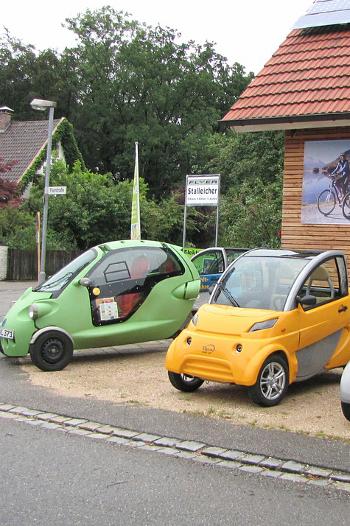Getting into the car
Duration/age

Quick, get ready. It’s time to go.
Leaving the house and getting into the car can involve a lot of talking and planning. Where will everyone sit? Are there special seats for different people in the car? Does where you sit change if there are more or less people in the car?
We’re going to school. We have to fit four of us in the car. All of the bags will need to go in the boot.
Your seat is in the back behind the driver’s seat. You have your own special seat to sit in.
Materials you will need
- Car
Alternative tools
- Taxi
Skills this activity improves
Why does this matter?
As you talk to your child, giving them directions about where to sit or put their bag, they are learning to follow directions that involve position and location.
As they listen to you talk and then respond they are learning to use language that describes what they are doing and how they are moving their body through space.
Listening to and following instructions is an important skill for children to learn so that they are able to follow directions, know what to do and how to keep safe.
What does this lead to?
Listening to and responding to instructions helps children to learn vocabulary about position and location. As they listen and learn what the words and directions mean they will be able to give directions to other people.
Giving directions to another person involves using:
- number - How many people are going to school?
- position - Where are you going to sit in the car?
- quantity - How many people can fit in the car?
- location - Put the bags in the boot of the car.
- size - The big bags can go in the boot. The small bags can go inside the car.
Language to use
- Car, door, boot, seat, seatbelt, child seat, baby capsule
- Front, back, side, rear, behind
- Open, close
- More, less
- Bag, luggage
- Driver, passenger
Questions to use
- Where will you sit in the car?
- If a car has only 2 front doors how do you get into the back seat?
- Where will the baby sit in the car?
- Do all cars have boots? Are they always at the back?
- Where can you put your bag if the boot is full?
Useful tips
- You might also like to take a look at the activities Working at the car wash and Unpacking the shopping from the car.
- For information about child car restraints and safety see the Kidsafe Australia website.
More ideas
Visit the SAPOL Road Safety Centre.
Variation by age
Three to five year olds
- Create your own cars at home. You could make a cardboard box car or build one from Lego.
- Sort and group all of your toy cars. Find the ones with 2 doors and then the ones with 4 doors.
- Create a bingo card for when you are out and about. Mark off the cars that are green or the cars that have 2 doors.
Questions to ask
- Do all cars have the same number of doors?
- Why do some cars have a door on the back of the car?
- Can you sit in the boot of a car?
- Are there more green cars or more purple cars?
Language to use
- Door, boot, seat, wheels, headlights
- Colour, tone, shade, red, blue, green, yellow, purple, black
- Driver, passenger


